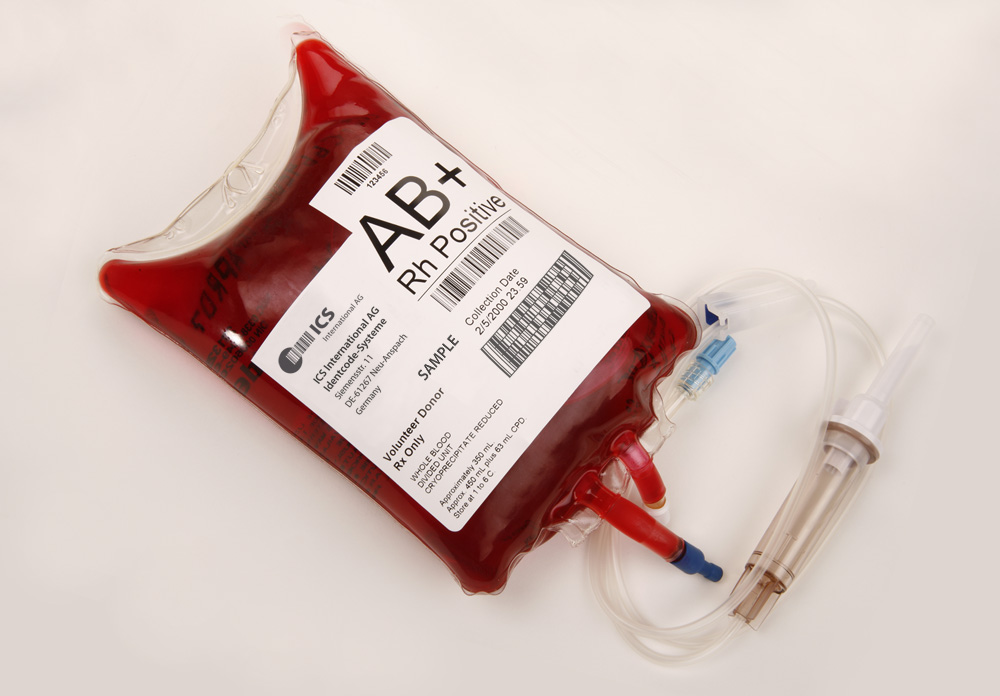|
GLE1L
Nucleoporin GLE1 is a protein that in humans is encoded by the ''GLE1'' gene on Chromosome 9 (human), chromosome 9. Function This gene encodes a predicted 75-kDa polypeptide with high sequence and structure homology to yeast Gle1p, which is nuclear protein with a leucine-rich nuclear export sequence essential for poly(A)+RNA export. Inhibition of human GLE1L by microinjection of antibodies against GLE1L in HeLa cells resulted in inhibition of poly(A)+RNA export. Immunoflourescence studies show that GLE1L is localized at the nuclear pore complexes. This localization suggests that GLE1L may act at a terminal step in the export of mature RNA messages to the cytoplasm. Two alternatively spliced transcript variants encoding different isoforms have been found for this gene. Clinical significance A genome-wide screening and linkage analysis assigned the disease locus of lethal congenital contracture syndrome, one of 40 Finnish heritage diseases, to a defined region of 9q34, where t ... [...More Info...] [...Related Items...] OR: [Wikipedia] [Google] [Baidu] |
Chromosome 9 (human)
Chromosome 9 is one of the 23 pairs of chromosomes in humans. Humans normally have two copies of this chromosome, as they normally do with all chromosomes. Chromosome 9 spans about 138 million base pairs of nucleic acids (the building blocks of DNA) and represents between 4.0 and 4.5% of the total DNA in cells. Genes Number of genes These are some of the gene count estimates of human chromosome 9. Because researchers use different approaches to genome annotation, their predictions of the number of genes on each chromosome varies (for technical details, see gene prediction). Among various projects, the collaborative consensus coding sequence project ( CCDS) takes an extremely conservative strategy. So CCDS's gene number prediction represents a lower bound on the total number of human protein-coding genes. Gene list The following is a partial list of genes on human chromosome 9. For a complete list, see the link in the infobox on the right. Diseases and disorders The follo ... [...More Info...] [...Related Items...] OR: [Wikipedia] [Google] [Baidu] |
Lethal Congenital Contracture Syndrome
Lethal congenital contracture syndrome 1 (LCCS1), also called Multiple contracture syndrome, Finnish type, is an autosomal recessive genetic disorder characterized by total immobility of a fetus, detectable at around the 13th week of pregnancy. LCCS1 invariably leads to prenatal death before the 32nd gestational week. LCCS1 is one of 40 Finnish heritage diseases. It was first described in 1985 and since then, approximately 70 cases have been diagnosed. Signs and symptoms LCCS1 is characterized by total lack of the movements of the fetus, and is detectable at 13th week of pregnancy. It is accompanied by oedema, small chin, small lungs, crooked joints and occasional skin webs of the neck and elbows. The fetus has characteristic pattern of malpositions recognizable even in severely macerated fetuses with club feet and hyperextension of the knees but the elbows and wrists showing flexion contractures. Neuropathological analysis shows lack of anterior horn motoneurons and severe atrop ... [...More Info...] [...Related Items...] OR: [Wikipedia] [Google] [Baidu] |
Protein
Proteins are large biomolecules and macromolecules that comprise one or more long chains of amino acid residues. Proteins perform a vast array of functions within organisms, including catalysing metabolic reactions, DNA replication, responding to stimuli, providing structure to cells and organisms, and transporting molecules from one location to another. Proteins differ from one another primarily in their sequence of amino acids, which is dictated by the nucleotide sequence of their genes, and which usually results in protein folding into a specific 3D structure that determines its activity. A linear chain of amino acid residues is called a polypeptide. A protein contains at least one long polypeptide. Short polypeptides, containing less than 20–30 residues, are rarely considered to be proteins and are commonly called peptides. The individual amino acid residues are bonded together by peptide bonds and adjacent amino acid residues. The sequence of amino acid residue ... [...More Info...] [...Related Items...] OR: [Wikipedia] [Google] [Baidu] |
Gene
In biology, the word gene (from , ; "...Wilhelm Johannsen coined the word gene to describe the Mendelian units of heredity..." meaning ''generation'' or ''birth'' or ''gender'') can have several different meanings. The Mendelian gene is a basic unit of heredity and the molecular gene is a sequence of nucleotides in DNA that is transcribed to produce a functional RNA. There are two types of molecular genes: protein-coding genes and noncoding genes. During gene expression, the DNA is first copied into RNA. The RNA can be directly functional or be the intermediate template for a protein that performs a function. The transmission of genes to an organism's offspring is the basis of the inheritance of phenotypic traits. These genes make up different DNA sequences called genotypes. Genotypes along with environmental and developmental factors determine what the phenotypes will be. Most biological traits are under the influence of polygenes (many different genes) as well as gen ... [...More Info...] [...Related Items...] OR: [Wikipedia] [Google] [Baidu] |
Finnish Heritage Disease
A Finnish heritage disease is a genetic disease or disorder that is significantly more common in people whose ancestors were ethnic Finns, natives of Finland and Sweden ( Meänmaa) and Russia ( Karelia and Ingria). There are 36 rare diseases regarded as Finnish heritage diseases. The diseases are not restricted to Finns; they are genetic diseases with far wider distribution in the world, but due to founder effects and genetic isolation they are more common in Finns. Within Finland these diseases are more common in the east and north, consistent with their higher association with ethnic Finns than with ethnic Swedes. The Finnish disease heritage does not extend to other ethnic groups in the region, the Sámi and Karelians other than Finnish Karelians. It is attributed to a population bottleneck among ancestors of modern Finns, estimated to have occurred about 4000 years ago, presumably when populations practicing agriculture and animal husbandry arrived in Finland. In Finlan ... [...More Info...] [...Related Items...] OR: [Wikipedia] [Google] [Baidu] |


